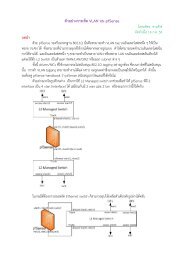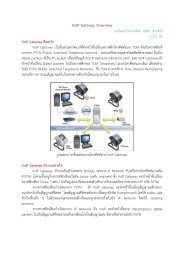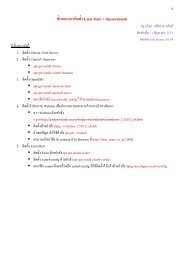Introduction to SELinux
Introduction to SELinux
Introduction to SELinux
You also want an ePaper? Increase the reach of your titles
YUMPU automatically turns print PDFs into web optimized ePapers that Google loves.
Current Linux Security Model<br />
• Referred <strong>to</strong> as Discretionary Access Control<br />
• Traditional OS/Unix mechanism<br />
• Programs runs with the permission of the user executing it<br />
• File permissions and ACL<br />
• setuid/setgid binaries: mount, passwd, ping<br />
• chroot – a restricted filesystem namespace<br />
• Root is all powerful<br />
• Too coarse grained<br />
• root vs non-root gives boolean security model for many cases<br />
• Users & programs have complete control<br />
• The level of system security is left <strong>to</strong> the discretion of the<br />
applications running on it.<br />
Virtually any compromise or misconfiguration of the<br />
above can easily lead <strong>to</strong> <strong>to</strong>tal system compromise






